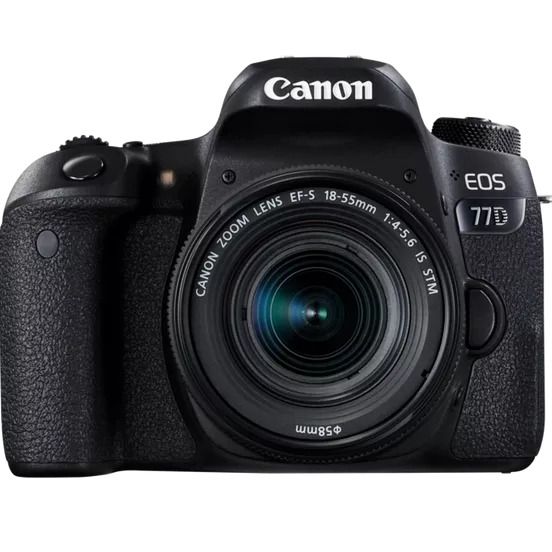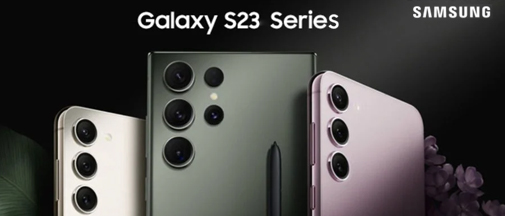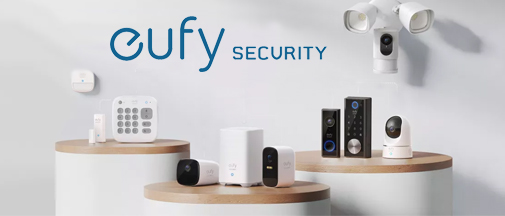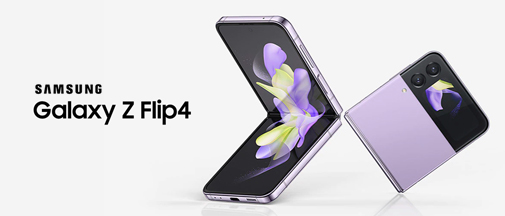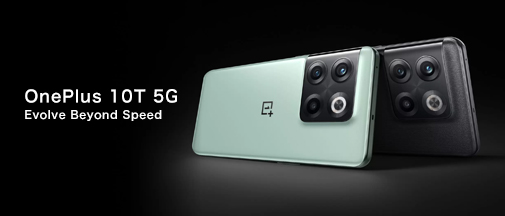Canon EOS 77D Body Only
Canon EOS 77D Body Only
Full review
Canon’s EOS 77D, which was announced in February 2017 sits between the EOS 80D and the slightly lower-featured model, the EOS 800D, which was announced at the same time. Both models have the same 22.3 x 14.9 mm CMOS sensor with 25.8 million photosites (24.2 megapixels effective) plus a built-in low pass filter and EOS integrated cleaning system. Another common feature across all three models is Dual Pixel CMOS Auto Focus support with a 45-point all cross type AF system in Live View mode.
Model Comparisons
The 77D fits between the 80D and 800D and all three cameras been designed for first time DSLR shooters. Image and video file sizes are the same across all three models and all support 14-bit raw file capture. The newer models have the latest DIGIC 7 processor, while the 80D has a DIGIC 6 chip. All three models have a single SD card slot that is UHS-1 compatible.
They all feature a guided interface to help users achieve effects like selective focusing and blur control with graphics displayed when the camera dial is set to the Av or Tv mode. The standard auto, manual or zone AF selection options are provided, along with AI focus, One Shot and AI Servo modes, predictive AF up to 8 metres and an AF lock.
Shooting modes are essentially the same, as are the Picture Styles, Creative Filters and Scene pre-sets. All three cameras rely on a 7560-pixel RGB+IR metering sensor and offer Evaluative (linked to all AF points), Partial (approx. 6% of OVF), Spot (approx. 3.5% of OVF) and Centre-weighted average patterns. Exposure compensation ranges from +/-5EV in 1/3 or 1/2 stop increments, with AE bracketing of three shots in 1/3 or 1/2 stop increments across a range of +/-3EV.
The built-in GN 12 flash can cover up to 17mm lens and supports a recycle time of roughly three seconds, with X-sync at 1/200 second. The cameras include auto and manual adjustment modes plus FE lock, 2nd curtain synch and a red-eye reduction lamp. Flash output is adjustable across a range of +/-3EV in 1/3 or 1/2 stop increments. An integrated Speedlite Transmitter enables optical control of remote Canon Speedlites.
All three models have built-in Wi-Fi and NFC connections but only the 77D and the 800D are equipped with Bluetooth wireless control that provides a low-power constant connection to facilitate image sharing via smart devices. Both the EOS 77D and EOS 800D are compatible with the new BR-E1 remote controller, which is Bluetooth based and has a five metre range from all directions. It can be used for capturing images and movies and operating focus and zoom functions.
Who’s it For?
Canon has positioned the EOS 77D as an ‘entry level DSLR’ but it’s a cut above the very basic 18-megapixel EOS 1300D or even the 24-megapixel EOS 750D and 760D models. Thanks to the DIGIC 7 processor and Dual Pixel AF technology, the EOS 77D has more to offer than the older and cheaper models.
It also has a few advantages over the 800D that justify its higher price tag. They include a top panel data LCD, dual control wheels, support for time-lapse recording and an extra custom function.
It lags behind the EOS 80D in lacking weatherproof sealing, having a smaller monitor and less frame coverage for its viewfinder. It also requires a lower shutter speed for flash synch and its shutter isn’t durability-rated. Its battery capacity is considerably less than the EOS 80D’s.
Build and Ergonomics
The build quality of the EOS 77D is up to standard for the camera’s price point. With a chassis is made from aluminium alloy and polycarbonate resin with glass fibre plus a cladding of polycarbonate resin with glass fibre and special conductive fibre, it feels reasonably solid for a largely plastic camera.
Anyone familiar with Canon’s EOS control layout will immediately feel at home with the 77D. Just about all of the functions are in easy reach and adjustable when you’re framing shots with the viewfinder.
The front panel is dominated by the lens mount, which is chromed metal, and there’s a generous grip moulding, which should be comfortable for users with most hand sizes. The usual lens release button is located on the left hand side of the lens mount, with a small depth-of-field preview button below it on the edge of the mount moulding and a flash pop-up button above it.
A remote control sensor is embedded in the upper section of the grip moulding, which has the shutter button located at the front of its angled top. The main control dial sits right behind it. An LED is embedded in the body between the grip and the viewfinder moulding, where it doubles as a self-timer and red-eye reduction lamp.
The top panel layout places the mode dial on the left hand side, with a LCD data panel to the right of the viewfinder and pop-up flash housing. In front of this panel are buttons for accessing AF point selection and ISO settings plus a backlighting button for the data panel.
Front and rear control dials make it easy to adjust settings like aperture and shutter speed on-the-fly and the ability to select controls on the Quick menu via the touch screen is great when setting the camera up to record video clips. The fully articulated monitor is useful if you want to shoot from normally tricky high or low angles.
With the monitor taking up most of the rear panel, most of the controls are located to its right, where you’ll find the usual arrow pad plus quick control dial, which is surrounded by the playback and erase buttons, the Wi-Fi button and the multi-function lock switch. The Quick control menu button sits above this cluster with the AF-On, AE/FE lock and AF point selection/magnify buttons in the top right hand corner.
Above the monitor on the left hand side are the Menu and Info buttons. The power switch sits below the mode dial, which has a locking button to prevent inadvertent re-setting. The viewfinder is a pentamirror type with roughly 95% frame coverage, 0.82x magnification, a 19 mm eyepoint and an eye-sensor. All pretty typical for an up-market entry-to-mid-level camera.
The single SD card slot is located below a sliding cover on the right hand side panel, with a tiny access lamp LED embedded in the body just above it. On the left hand side panel are two rubber-covered compartments, one containing the microphone and remote control terminals and the other the USB 2.0 and HDMI ports.
The battery has its own compartment, as usual, in the base of the grip. Battery capacity is relatively low for a DSLR, with a CIPA rating of around 600 shots/charge with the viewfinder or 270 with Live View.
The camera also comes with Wi-Fi and NFC connectivity, along with a new low-power Bluetooth connection that can maintain an always-on link with a paired smart device. Wi-Fi is noted for draining battery power; Bluetooth does, too, but to a lesser degree.
Sensor and Image Processing
Like the EOS 80D and EOS 800D and the mirrorless EOS M5 and M6, the EOS 77D has an APS-C sized sensor with an effective resolution of 24.2 megapixels and a fixed optical low-pass filter. The new DIGIC 7 image processor has enabled the new camera to support and expanded ISO range that extends to ISO 51,200. However, continuous shooting is slower than the 80D’s, with a maximum frame rate of six frames/second (fps)
Four JPEG sizes (three of them with two compression levels) are provided for higher resolutions plus one lower resolution option. Compression rates for both JPEGs and CR2.RAW files are marginally higher than those applied in the EOS 80D.
Only one raw file option (recording at 6000 x 4000 pixels) is available and Large/Fine is the only JPEG option for RAW+JPEG capture. The table below provides a guide to typical file sizes for 3:2 aspect ratio images.
By default, Movie Servo AF is set as the focusing mode for shooting movies but photographers can also select the FlexiZone-Multi, FlexiZone-Single and Face+Tracking AF modes. ISO sensitivity is set automatically within a range of 100-12800, although it can be expanded to ISO25600, if required. The 77D supports the same Video Snapshots options as previous EOS cameras.
Playback and Software
Playback options are similar to the previous models and provide the option of using the touch screen as well as the button controls. The screen supports the standard tap, drag, pinch and spread gestures. Swiping with one finger moves the playback one image at a time; swiping with two fingers jumps through images at the intervals set in the menu. Two fingers are needed to respectively reduce and magnify images.
The software bundle has to be downloaded from the Canon website at http://www.canon.com/icpd. It contains the latest versions of the standard ‘Utilities’: Digital Photo Professional, EOS Utility (uploader) and Picture Style Editor for Windows and Macintosh PCs.
Instruction manuals for using the software can be downloaded from the same site. A printed user manual was supplied with the camera, along with a leaflet extolling the virtues of Canon’s irista image sharing service.
Performance
Not surprisingly, the results of our Imatest tests were similar to those we obtained from the EOS 80D and EOS M6 (which have the same sensor), particularly with respect to colour reproduction. As in those cameras, most hues were close to the ideal values, although saturation levels were quite high in the red and (to a lesser extend) orange hues.
The review camera just managed to meet expectations for a 24-megapixel APS-C sensor with JPEG files and only just exceeded expectations with CR2.RAW files with the optimal lens settings. The kit lens used for testing suffered from edge and corner softness, a common feature of kit lenses.
Resolution was relatively high for JPEGs at ISO 100 and ISO 200, particularly with converted raw files, but it slowly declined as sensitivity was increased. Raw files maintained a significantly higher resolution throughout the review camera’s sensitivity range with a gradual decline as sensitivity was increased. The graph below shows the results of our Imatest tests with both JPEG and CR2.RAW files.
| Condition | New |
|---|

